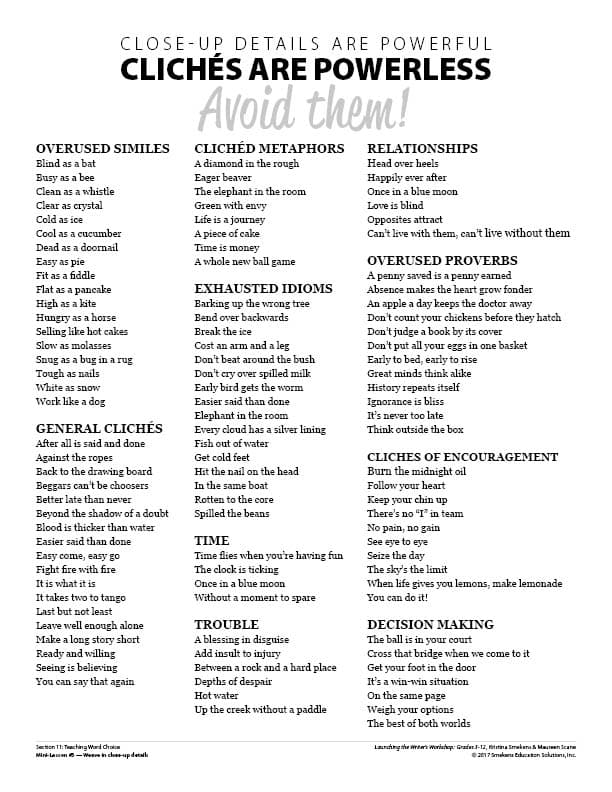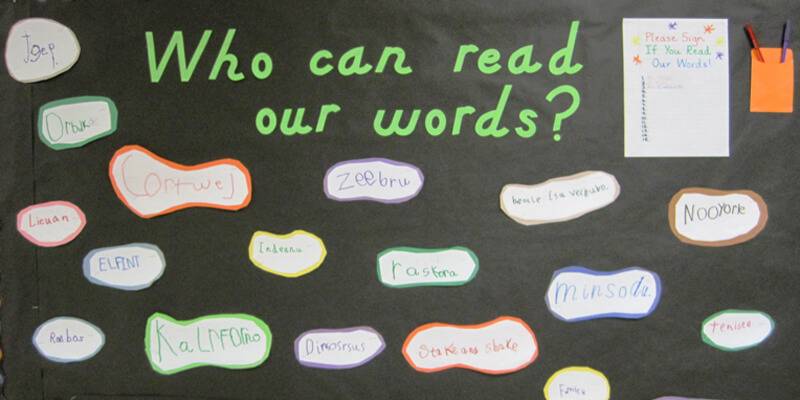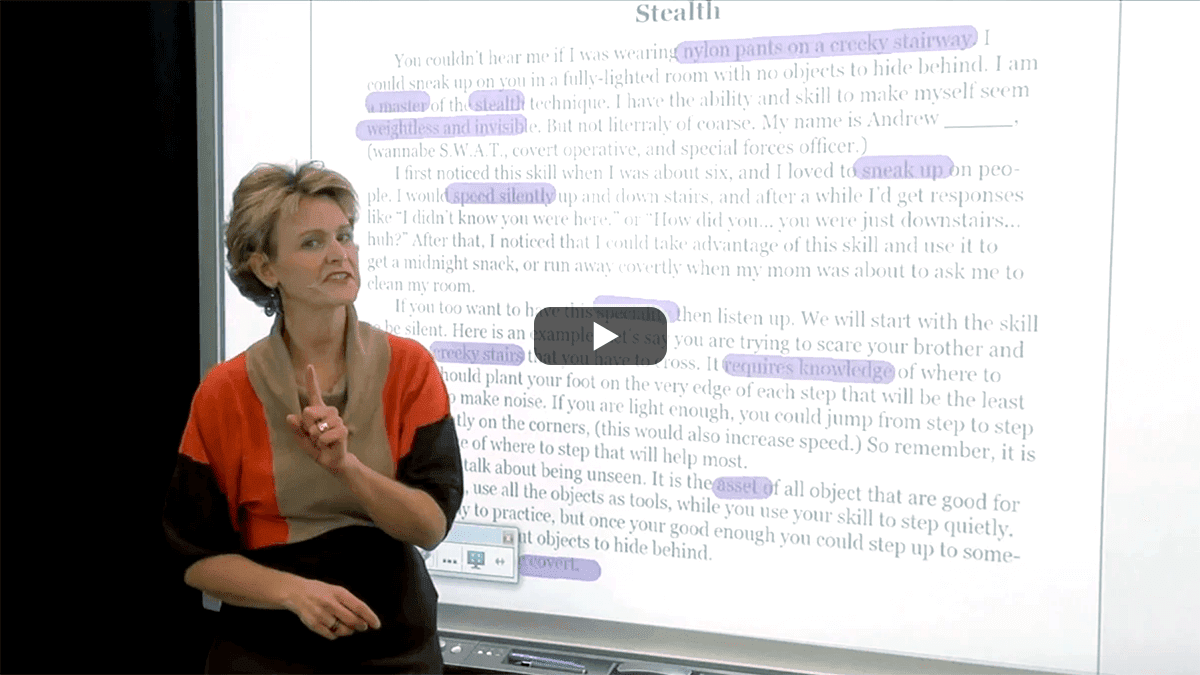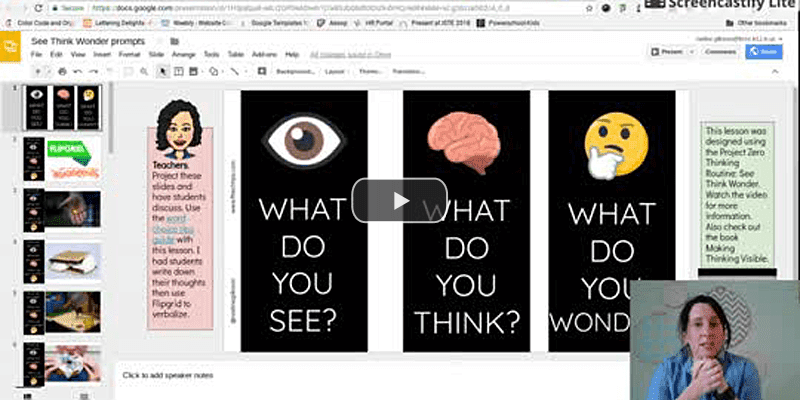Learning Center
writing
Teach students how to omit clichés
april 2, 2024

An element of strong writing is knowing what not to include. And one ingredient to omit is the use of clichés.
Clichés are like overused jokes—they might have been funny once, but repetition dulls their impact. Similes like “blind as a bat,” metaphors like “time is money,” idioms like “The apple doesn’t fall far from the tree,” or everyday one-liners like “better late than never” are predictable. When you rely on tired comparisons and overused descriptions, it gives the impression that you haven’t put much effort into conveying an idea.
A sign of a more sophisticated writer is one who can write with strong description. Unfortunately, in an attempt to include more description and imagery, students often pull from a bank of overused, voiceless, and predictable clichés.
Recognize a cliché
The first step to avoiding clichés is recognizing what they are. Students often don’t realize that what they say and write often falls in this category. Review several overused phrases, adding others the students suggest. Teach them the simple cliché test: If you read the first half of the sentence and can guess how it’s going to end, then it’s a cliché.
Provide and/or collect lists of clichés for students to keep within their writer’s notebooks. Emphasize that these are phrases to avoid, and therefore mark the page “taboo.”
Generate several alternatives
Now teach students how to revise/replace these worn-out phrases with fresh, lively imagery. Clarify that what students are attempting to describe is good; it’s how they are describing it that needs to be improved. The greatest comparisons are those defined by their uniqueness—not their overused redundancy.
Demonstrate this by providing several clichés for students to restate in 2-3 alternative ways. Caution them against accidentally replacing one cliché with another. Have them put their alternatives through the cliché test.
Time flies when you’re having fun.
- The hours melted away in a blur of enjoyment.
- The time seems to pass quickly.
- We were completely absorbed.
See eye to eye.
- Share the same perspective.
- Have a unified understanding.
- Agree with each other.
A chip off the old block.
- They share a striking resemblance in both personality and talent.
- Similarities run in the family.
- There’s a strong family resemblance.
The ball is in your court.
- It’s your turn to decide.
- The responsibility lies with you now.
- It’s up to you.
Locate the hidden
Once students have been exposed to numerous clichés, then challenge them to find those (and others) that are hiding within their own writing. Have students return to previous and/or abandoned pieces to identify overused phrases and generate 2-3 alternatives for each. (TIP: Have students mark which of the versions they like best, as often it’s not the first one they thought of.)
Be patient as students develop their descriptive muscles. Some of their new comparisons may sound awkward at first, but that’s part of the journey. Encourage students to think of other ways to convey the same message. The goal is to develop writers who are creating unique connections and fresh comparisons. Effective writing surprises and engages the reader, making the writing more impactful and memorable.





